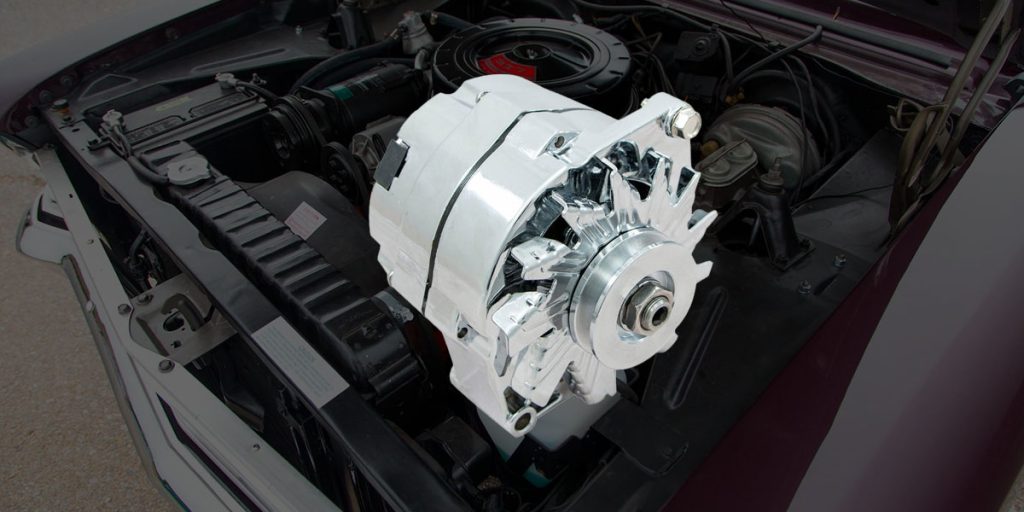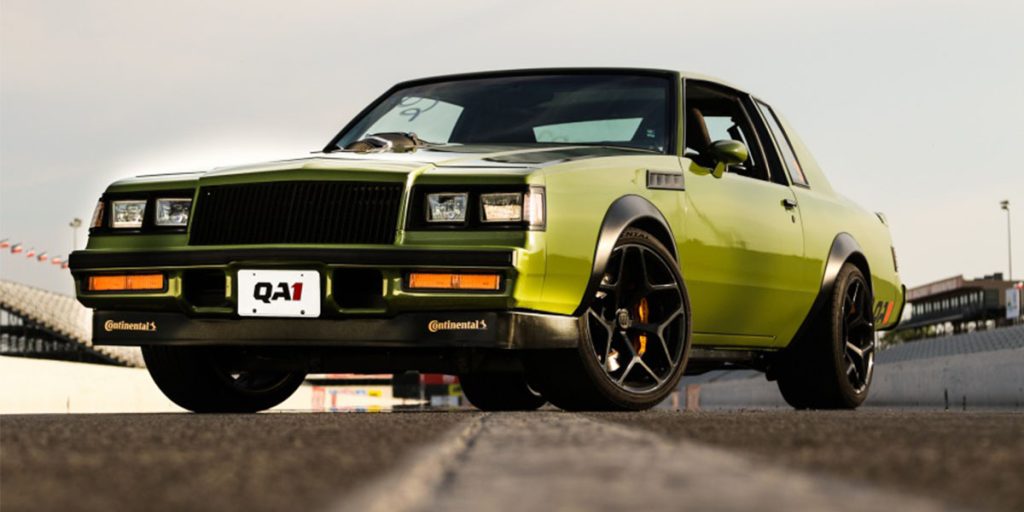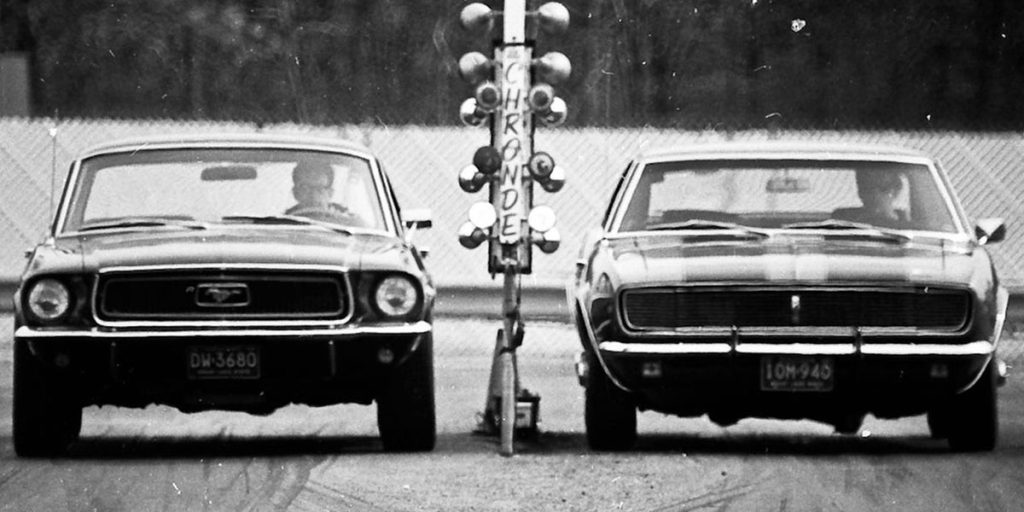They called it a car. They called it a truck. Some even called it a “cruck.” But one thing’s for sure, the Chevrolet El Camino is one of the most iconic and coolest vehicles to come out of the American muscle era. Born from the desire to blend the comfort and styling of a car with the utility of a truck, the El Camino followed its own path — which is fitting, considering its name translates from Spanish as “The Road” or “The Way.” Or for the less formal, “The Mullet” for it’s business in front, party in the back.
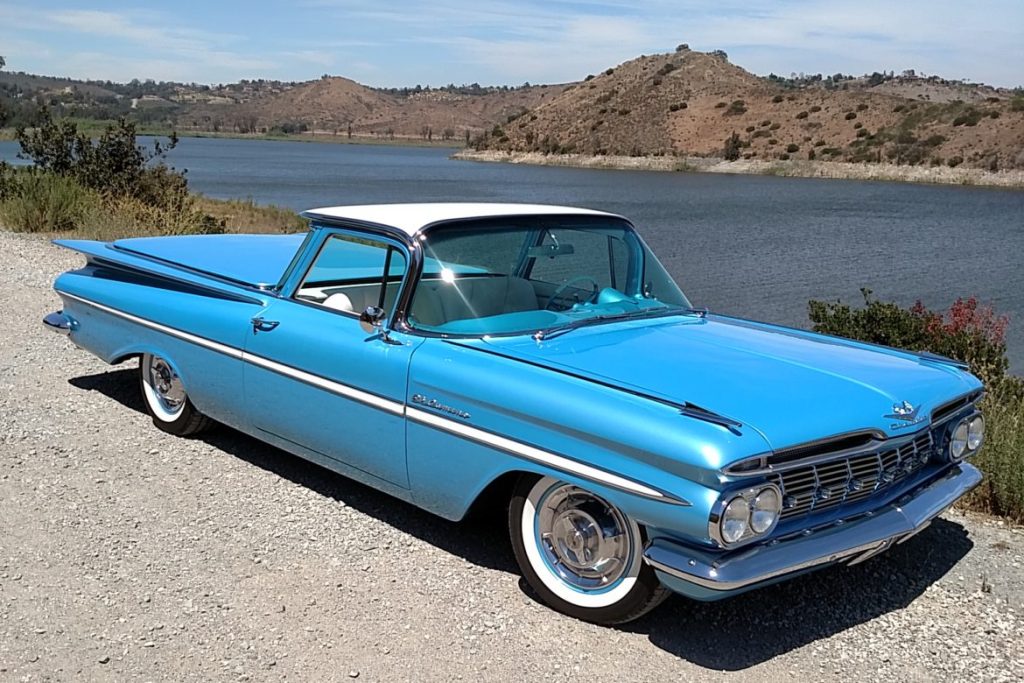
Before the Muscle: The First El Caminos (1959–1960)
Chevrolet first introduced the El Camino in 1959, following the lead of Ford’s Ranchero. Built on the full-sized Impala platform, the original El Camino was more show than go — styled to match the flashy late-’50s aesthetics with tailfins and chrome galore. It was available with a wide array of engine options, including powerful V8s, but the utility side never quite met the performance expectations. Production was short-lived and ended after 1960, leaving enthusiasts to wonder what could’ve been — at least until the return in 1964.
Muscle Car Era: 1964–1972
With the launch of the Chevelle in 1964, Chevrolet reimagined the El Camino — this time built on the new A-body platform. It returned leaner, meaner, and more versatile, ready to battle Ford’s Fairlane Ranchero and ride the wave of the emerging muscle car movement.
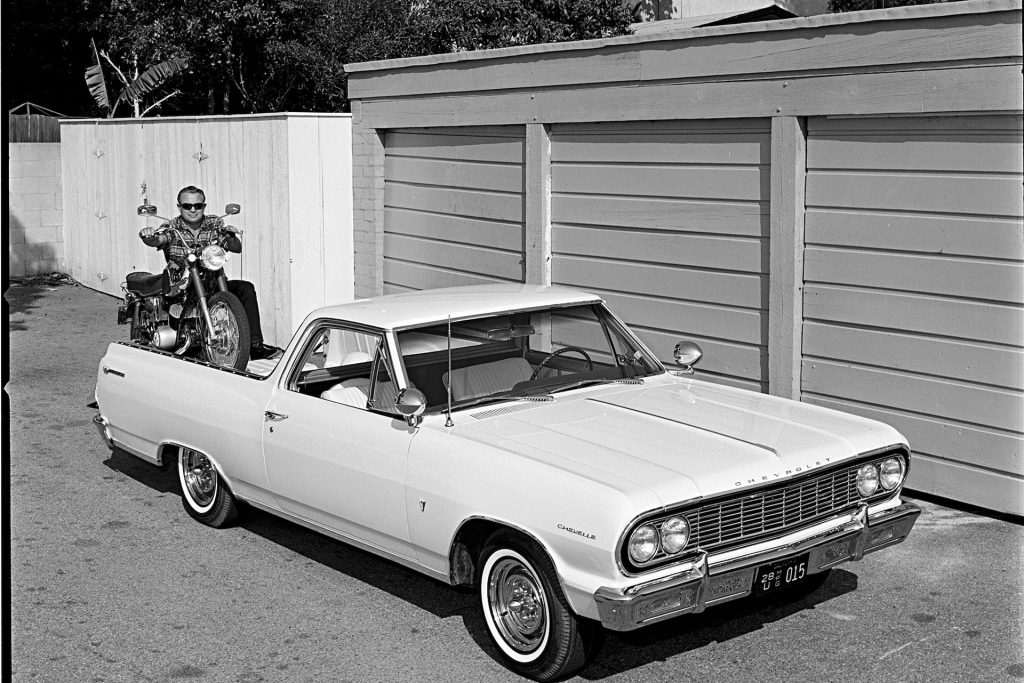
1964–1967: Building Muscle
Early second-gen El Caminos mirrored the Chevelle lineup closely, offering a variety of six-cylinder and small-block V8 options, including the 283 and 327 cubic-inch engines. By 1966, performance got serious with the debut of the 396 big-block V8, bringing as much as 375 horsepower and turning the El Camino SS into a legitimate street performer.
The ’67 model marked the end of the first A-body generation, with subtle design tweaks and a growing list of performance options. Quarter-mile times in the mid-14-second range weren’t unusual, especially with the 396 under the hood — impressive for a part-time pickup.
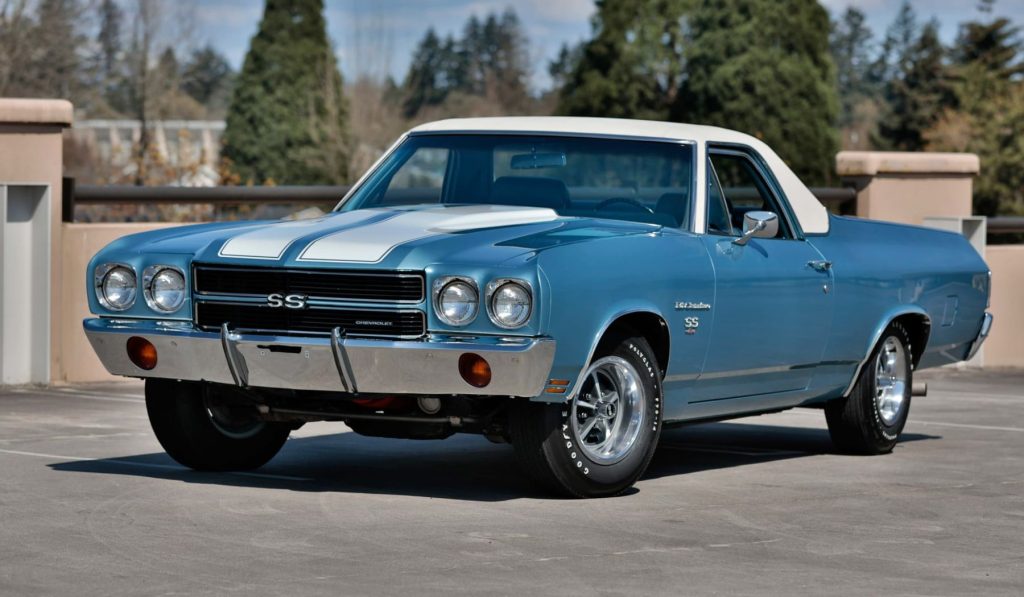
1968–1972: The Muscle Truck Matures
The 1968 redesign brought a longer wheelbase and sleeker styling, borrowing more from the Malibu wagon chassis. The L78 396 returned, and the El Camino’s muscle status became more established.
In 1970, Chevrolet unleashed the ultimate version: the LS6 454, rated at a pavement-twisting 450 horsepower. This made the 1970 El Camino SS the most powerful and fastest ever built — a true legend in the muscle truck world.
By 1971–1972, however, tightening emissions regulations, rising insurance premiums, and fuel economy concerns began to take a toll. Compression ratios dropped, horsepower ratings fell, and the performance edge started to dull. Still, the El Camino held strong in style and presence — now joined by its GMC twin, the Sprint, introduced in 1971.
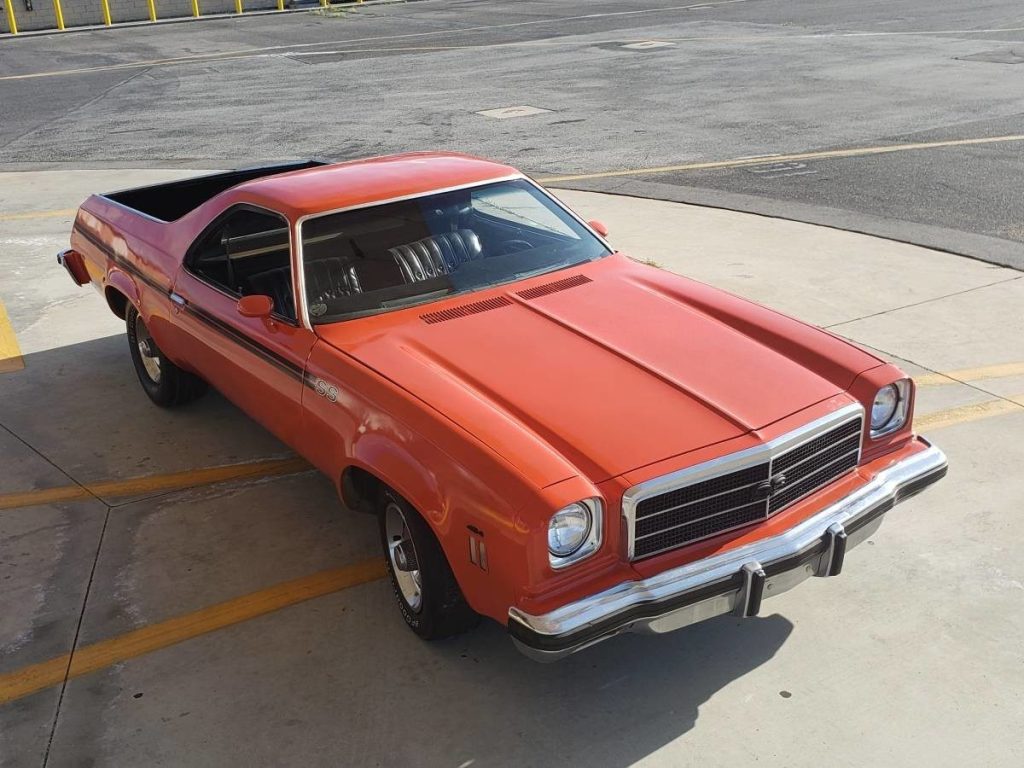
The Colonnade Years: 1973–1977
A major redesign in 1973 introduced the so-called “Colonnade” body style — a heavier, bulkier version based on the new Chevelle wagon platform. Though safety and ride quality improved, performance lagged behind.
During these years, the El Camino became more of a lifestyle vehicle than a street beast. The SS package evolved into more of a trim level than a performance indicator, and the once-mighty 454 V8 limped along with reduced horsepower. By 1976, the vertical stacked headlight design gave the El Camino a new look, but the writing was on the wall: the muscle car magic was fading.
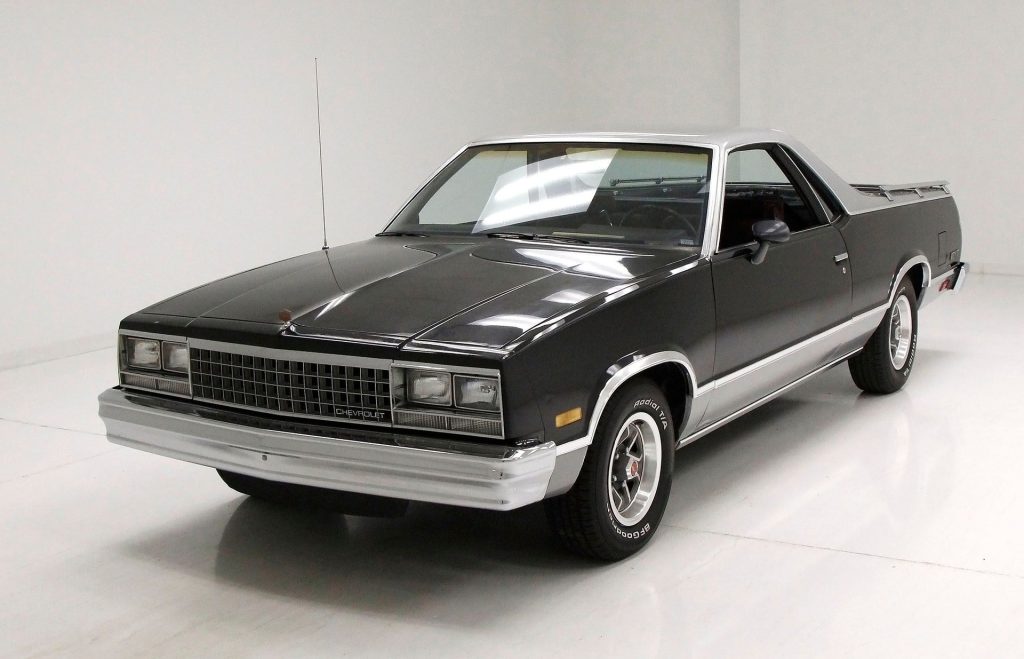
Downsized but Still Cool: 1978–1987
Chevy introduced a fully downsized El Camino in 1978, once again based on the new Malibu. The sleeker body offered better fuel economy and a refreshed image for the late ’70s and early ’80s buyer. The GMC version was renamed the Caballero, and the El Camino SS took a temporary break, replaced by limited-run trim editions like the Black Knight and Royal Knight.
1982–1987: One Last Ride
A facelift in 1982 brought new quad headlights and a more modern look. From 1984–1987, the SS name returned through a partnership with Choo Choo Customs, a Chattanooga-based company that gave the El Camino a Monte Carlo SS-style front end and a sporty aesthetic.
Though no longer a performance powerhouse, the Choo Choo SS packed a respectable 190hp 305 V8, and helped keep the El Camino relevant during the last few years of production. Manufacturing shifted to Mexico for the final two years, and in 1987, after nearly three decades of unique styling and hybrid innovation, the El Camino was retired.

Legacy of the El Camino
The El Camino may have ended production in 1987, but its legacy endures. Loved by collectors, gearheads, and anyone who appreciates its car-meets-truck versatility, the El Camino represents a truly American take on multi-purpose performance. Rumors of a revival have popped up over the years but as of today, the El Camino lives on only in garages, car shows, and dreams.
Whether you call it a car, a truck, or something in between, there’s no denying the El Camino carved its own unforgettable path down and is still cool!
If you need any parts for your El Camino, hop on over to SS396.com or give our friendly techs a call at (203) 235-1200!

